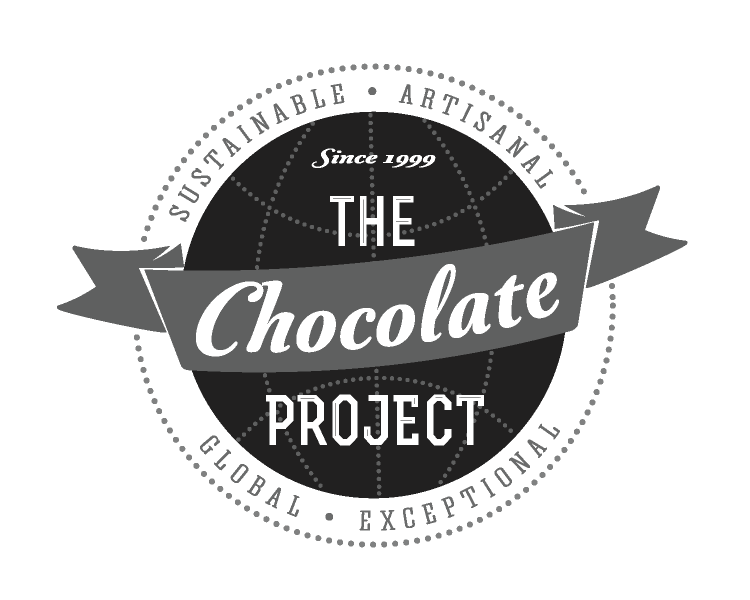As the global pandemic shows no sign of abating, we thought this might be a good time to examine what effects Covid-19 is having on the world of fine chocolate.
Read moreAmazon Fires | TheChocPro
It has been painful to watch the news lately and see what is happening in Brazil and Bolivia. Forest fires are burning huge swaths of rain forest and show no sign of stopping. Satellite photos reveal much of the Amazon basin covered in dense clouds of smoke. This is an ecological tragedy, but it is an entirely man-made one. These fires are set by farmers and ranchers who want access to cleared land. The jungle is inconveniently in the way.
Read moreTheChocPro | Spotlight on Brazil
The first “Brasil Bean to Bar Chocolate Week” is taking place May 3-6 in Sao Paulo, Brazil. As we couldn't attend, we thought it would be a great opportunity for us to introduce you to Brazil as a cacao origin. Brazil has much to offer the world of fine chocolate... but what's the history of cocoa and Brazil, and why is it not often talked about?
Read moreTheChocPro | Is it time for a second look at West Africa?
One of the most commonly cited differences between commercial chocolate and artisanal chocolate is that big commercial producers use beans from West Africa and craft chocolate makers do not, preferring beans from New World sources such as South America, Central America and the Caribbean. The implication here is that West African beans are of poor quality and suitable only for mass-produced industrial applications. It is a refrain that gets repeated time and again, but is it really true?
Read moreTheChocPro | Costa Rica Trip
Our recent trip to Costa Rica this January was an eye-opener in many ways. The pristine rain forests and volcanic mountain slopes of this Central American country should be capable of producing sublime cacao. Historically though, Costa Rica has only rarely fulfilled this potential. For decades most Costa Rican cacao has been the Amelonado-type Forastero grown in large open field blocks, similar to how bananas and sugar cane are grown. This type of mono-cropping is a recipe for disaster with cacao and, sure enough, in the early 1980s a fungal disease called Monilliasis virtually wiped out the entire nation's production.
Read moreTheChocPro | Land Use, Forestry, Farming and Cacao
While there are many issues in the cacao industry which we could, and likely will, address in this blog, one that rarely comes up in chocolate discussions are the issues of farm and forest management. I'd like to offer a few assorted bits of related info. Perhaps they will have you think of this crop in a way that might change your perspective on cacao.
Read more